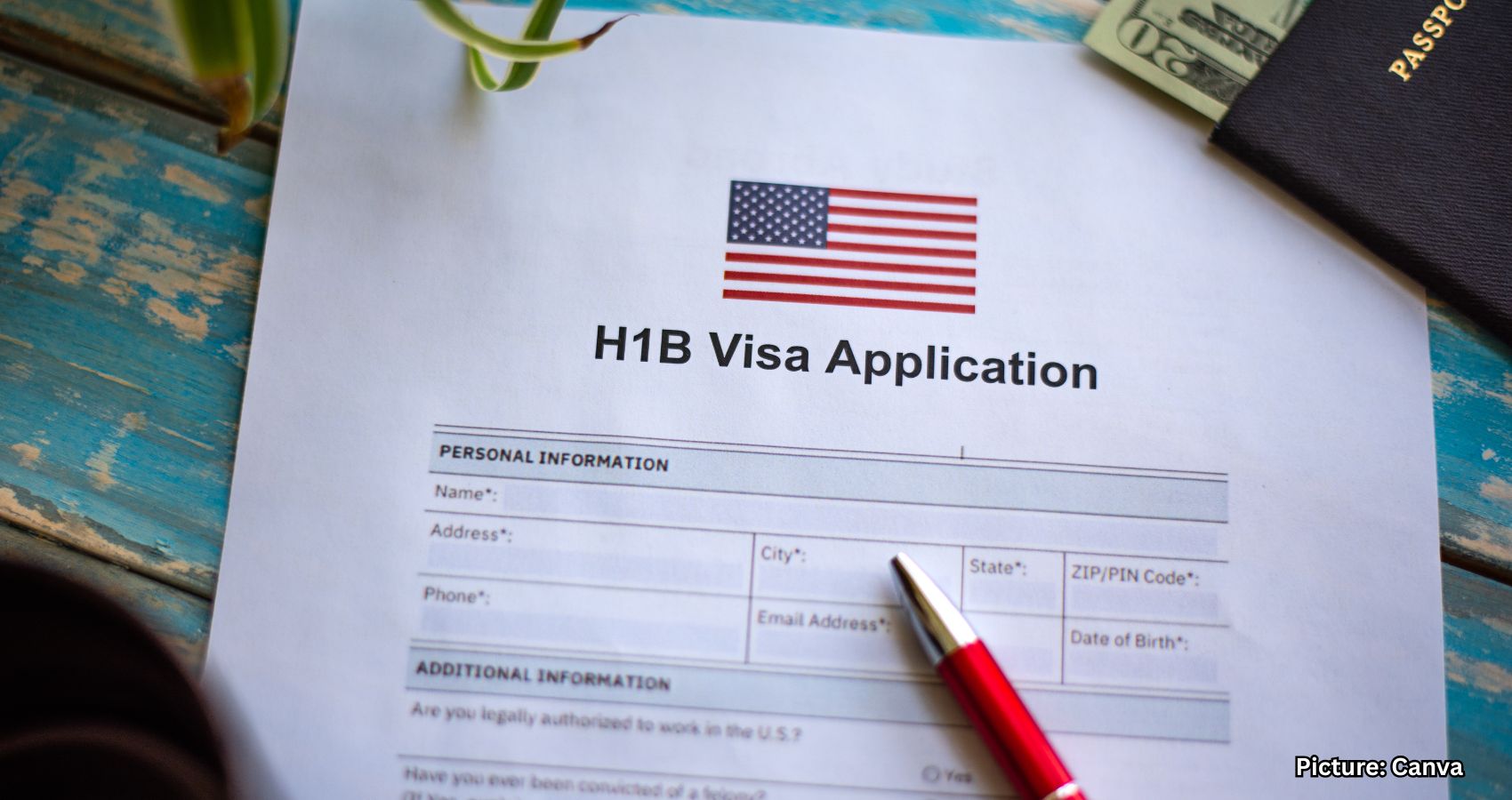The Trump administration’s recent H-1B visa fee increase could significantly impact South Asian American communities, particularly those from India, leading to widespread confusion and concern.
On Friday, the Trump administration announced a major change to the H-1B visa program, which could have lasting effects on South Asian American communities. The fee for obtaining an H-1B visa has surged from a few thousand dollars to an unprecedented $100,000. This dramatic increase raises concerns about the viability of the visa for many employers, potentially making it prohibitively expensive.
The implications for the Indian American community are profound. Historically, the H-1B visa has served as a crucial pathway for thousands of South Asian Americans, particularly those from India, to establish their lives in the United States. Since the program’s inception in 1990, it has facilitated the immigration of a significant number of skilled workers.
Following the announcement, confusion spread rapidly across the U.S. WhatsApp groups lit up with discussions, and frantic emails circulated as individuals sought clarity. Some employers advised their current H-1B employees traveling abroad to return to the U.S. immediately. In a notable incident, an announcement was made on an Emirates flight preparing to take off from San Francisco, allowing passengers to de-board if they needed to.
As the weekend unfolded, the White House provided clarifications, stating that the $100,000 fee would apply only to new applicants, including those entering the upcoming H-1B lottery cycle. These changes took effect on Sunday, leaving little time for preparation.
The technology sector is expected to bear the brunt of this policy change. According to U.S. government data, approximately 300,000 Indians were working in the U.S. on H-1B visas in 2024. This group, along with their families, represents about 10% of all Indian-origin individuals residing legally in the country.
Many prominent American companies have been led by individuals who immigrated to the U.S. on H-1B visas, including Satya Nadella of Microsoft and Sundar Pichai of Alphabet, Google’s parent company. Indra Nooyi, who served as CEO of PepsiCo from 2006 to 2018, is another notable example.
While most media coverage has focused on the tech industry’s challenges, the medical community also has a substantial population of H-1B visa holders. With the U.S. facing a growing shortage of doctors and nurses, this fee increase could exacerbate existing issues in healthcare.
The White House indicated that doctors might be exempt from the new fee, but the overall impact on American universities and academic appointments remains uncertain. As institutions grapple with federal pressures and budget cuts, the implications for higher education could be significant.
A pressing question arises: Does the U.S. have enough homegrown talent to fill high-skilled roles in the near and long term? The answer appears to be no, particularly as the nation seeks to compete in the rapidly evolving field of artificial intelligence. The debate over the value of skilled immigration has created divisions within the political landscape, with some advocating for stricter measures while others, including former H-1B visa holder Elon Musk, argue for a more open approach.
The familial ramifications of this policy change are also noteworthy. India’s Ministry of External Affairs expressed concerns that the new measures could disrupt family units, highlighting the humanitarian consequences of such immigration policies. As the situation develops, the long-term effects on South Asian communities in the U.S. remain to be seen.
Globally, the impact of this policy shift is evident. Prime Minister Narendra Modi has urged Indians to prioritize local products over foreign goods, reflecting a growing trend of nationalism in response to U.S. tariffs and immigration policies. This inward focus may lead to a reverse brain drain, where talented individuals who would typically contribute to the U.S. economy choose to remain in India instead. Meanwhile, countries like Canada, Australia, and the U.K. may seize the opportunity to attract skilled workers from India.
For Indian Americans who supported Trump in the 2024 election, this policy change could test their loyalty. The administration’s actions on legal immigration directly affect their families and communities, raising questions about the future of their support.
As with many recent policy changes, the true effects of this fee increase will unfold over time. Legal challenges may arise, potentially altering the course of these regulations. The combination of high tariffs and sudden visa changes could strain the longstanding relationship between the U.S. and India, impacting commerce and the flow of talent.
Source: Original article

